In the face of ‘significant workforce challenges’, the Defence Strategic Review (DSR) called on Defence to adopt ‘an innovative and bold approach to recruitment’.[1] In seeking to constructively contribute to the discourse on how the Army can better recruit and retain its people, I offer my experience with the British Army’s University Officers’ Training Corps (the UOTC) as a novel perspective. The UOTC model provides a bold and innovative template well suited to the Australian context, which will help us ‘tell our story’ to the public as the Chief of Army asks us to, and – most importantly – tangibly grow the Army’s workforce. Before articulating exactly how the UOTC model functions in the UK, it is worth briefly surveying the various programs that the Army currently employs to recruit people to the organisation.
The Current Landscape
The Army seeks to engage and recruit Australians in a variety of ways. The earliest being the Australian Army Cadets, which attracts thousands of Australians between the ages of 12 and 1/2 to 19 and which seeks to inculcate foundational military skills. Following Cadets, as people enter adulthood, the full gamut of offerings opens, and they include: full-time or part-time officer selection, full-time or part-time General Entry program, Australian Defence Force Academy (ADFA), and the Army Gap Year Program.
Altogether, these offerings seek to achieve several outcomes. First, and most clearly, the full-time and part-time officer and General Entry programs seek to recruit adults who are sure of their long-term intentions. That is, they are sure they want the Army to be their full-time career or want the opportunity to serve in an ongoing capacity while still pursuing their civilian career.
These recruitment streams capture people who are most immediately inclined to Army service. Similarly, ADFA also recruits people who are sure of their long-term intentions but offers the added benefit of conferring a university degree with civilian applicability. The university degree is naturally of standalone intellectual benefit, but also presumably serves to offer the reassurance of later career flexibility for those with any persistent doubts about a lifelong career in the Army.
Finally, the Army Gap Year Program is aligned with those who are sure of their medium-term intentions. While people are firmly committed for a year of training, they are under no obligation to continue their service following its conclusion. While naturally valuable, these recruitment schemes are nearly entirely focused on one group of people – those who are sure of their medium to long-term intentions. In my view, the ‘so what’ is that the Army has no clear recruitment stream for someone who is unsure of their future intentions.
To illustrate my point, let’s consider the following person. They are someone who has completed high school, is now at university, and has considered joining the Army but has never crossed the threshold of self-doubt to officially do so. Perhaps our person has not joined because they have family pressure to ‘get a degree’ and are wary of the ADF’s Return of Service Obligation; have not joined the Reserves due to them not knowing a family member or close friend in Army who they really trust to tell them what it’s like; or do not want to sign-up for a Gap Year because it will stop them from starting university, a job, or an apprenticeship alongside their cohort of friends.
For this person, to whom readers can consider how many exist, but for which I contend are many, the Army has no clear scheme designed to engage them. Consequently, the Army will likely lose this once interested person as they become embedded at university, begin a career, and life takes them in every which way. What if there were a model that could fill this gap? For that, I say the Army should look to the British Army’s UOTC model.
The British Army’s UOTC Model
The British Army’s UOTC model attracts exactly that interested, but unsure and conflicted, young person that the Australian Army is trying to, and must, engage better. But just what is a UOTC? For those in the Army, the UOTCs are like an Australian Army Reserve University Regiment (URs) but with some significant differences. Most significantly, the UOTC Officer Cadets (OCDTs) have only joined as ‘Category B Reservists’, which means while they are formally in the Army, they are non-deployable and only needed to pass basic entry requirements.[2]
To join a UOTC, an individual simply needs to meet eligibility requirements such as proof of citizenship, have a clean criminal record, pass a medical exam, and complete the UOTC’s application form. It is worth noting that fitness requirements are not stipulated at this early stage. The UOTCs attract candidates by conducting direct recruiting at various universities within their designated region during ‘Freshers Fair’, which is equivalent to Australian 'O’ Week, and see expressions of interest totalling 150-200 people. Consequently, it is not uncommon for a UOTC at the start of the academic year to welcome 100 new OCDTs to its ranks – and those numbers could be even higher if additional spaces were made available.
The strength of the UOTC recruitment model is worth emphasising. Such strong annual interest is generated because they directly recruit from universities with which they have established long-term relationships; set basic entry requirements to lower administrative barriers to entry as much as possible, and advertise non-military programs such as inter-UOTC sport, social events, and awarding of civilian leadership qualifications. The result is that from the moment an individual expresses interest in joining the UOTC, they could be parading there in just a few weeks’ time.
Indeed, the entire UOTC recruitment model is built on this rapid throughput of new OCDTs. Further recruitment support is then provided by OCDTs encouraging their other friends to join the UOTC and inviting them to visit the barracks physically for ‘Open Days’. This direct and collegiate approach leads to many more OCDTs joining the UOTC during the academic year. Returning to our hypothetical person for a moment, what reasons do they have not to join now? Arguably none. Moreover, given the unique structure of the UOTC, there are unique incentives designed specifically to get this person to cross the threshold and join. If our hypothetical person has now joined, what awaits them at the UOTC?
After an OCDT joins their UOTC, they begin a three-year training continuum. This continuum sees OCDTs develop foundational military skills, participate in Adventure Training (AT), and begin preparation for the Army Officer Selection Board (AOSB) to attend the Royal Military Academy Sandhurst (RMAS). Crucially, all training is delivered under a guiding ethos of ‘engage, inspire, and attract’. This approach, which combines a focus on skill development with ensuring that young Britons have a rewarding experience as OCDTs – while also recognising that not everyone will join the Army – is part of what I identify as the two central strengths of the program.
The UOTC model gives uncertain young people the time and space to decide whether the Army is right for them, not just immediately, but over a long-term period and at progressively greater levels of complexity. This is because, to develop their ‘green skills’, OCDTs will be gradually exposed to, trained in, and then assessed on their basic weapons handling, navigation, foundational warfighting skills, section command ability, and finally platoon leadership. Throughout this time, OCDTs are free to leave at any time if they decide the pathway is not for them, bringing me to the second strength.
The fact that OCDTs, young people from all walks of life, can experience the Army first-hand without any commitment pressure enables the Army to ‘tell its story’ by actually showing people what the job of an infanteer is like through practical training, and the wider Army through regimental visits. The old adage of ‘showing not telling’ being the most effective way to get a message across is absolutely applicable here. Furthermore, the completion of AT, which in the UK includes camping, mountaineering, skiing, running, and other activities, serves to demonstrate that a career in the Army supports an active and healthy lifestyle, providing practical life skills as well.
Additionally, OCDTs can use their experience and leadership at the UOTC to earn an Institute of Leadership and Management Level 5 Award in Leadership and Management. This earning of formal civilian qualifications is embedded by UOTC staff as a core offering of the unit and is just another example of how OCDTs are supported to have a meaningful experience regardless of long-term intentions.
As many staff have told me, if an OCDT decides to leave the UOTC but remembers their time there fondly, maintains a positive view of the Army into their civilian career, and gains broader skills and qualifications from the training that they will carry with them for life – that is a success story.
Australian Implementation
Given that the UOTC model exists, has demonstrated utility, and engages people who are uncertain about the Army, Australia should implement this program.
The existing UR structure means an Australian UOTC model could be implemented easily by leveraging existing systems to produce operational synergies. For example, the URs have historical linkages to universities and could both directly recruit from those institutions and amend training programs to absorb new OCDTs. Furthermore, if UOTCs shared facilities with URs by training on another night of the week, it would lead to greater use of existing resources. Indeed, Falklands House, where the Oxford UOTC is located, is a tri-service facility that sees use on four separate nights of the week by different organisations – Australian facilities could be utilised in the same way.
Conclusion
The most recent commissioning course at RMAS saw 52% of the new British Army Second Lieutenants hail from a UOTC, this proves – demonstrably – that the UOTC model attracts, retains, and funnels talent toward long-term career paths in the Army.[3] The DSR calls on the Australian Army to be bold with its future recruitment strategies – the UOTC is one such bold measure. It warrants implementation.
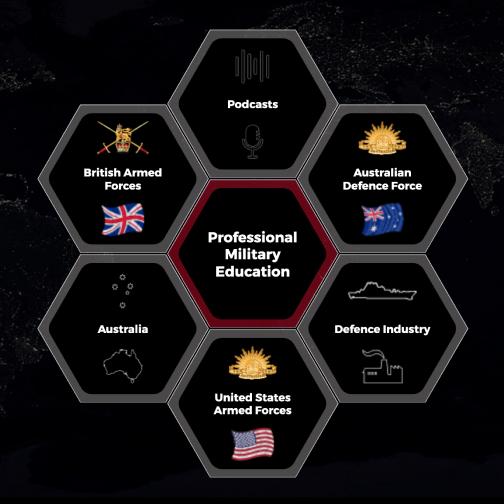
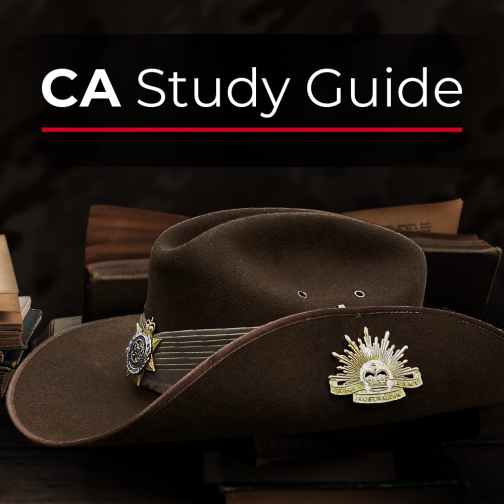

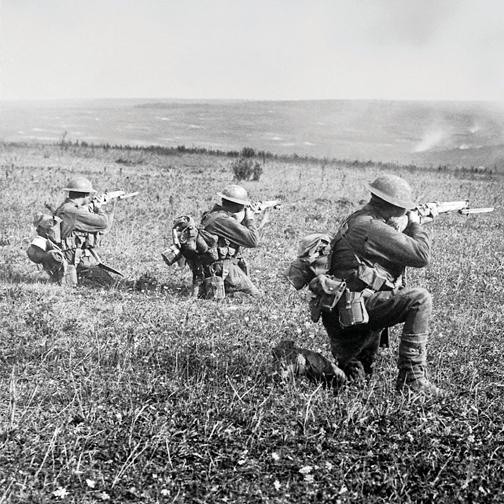


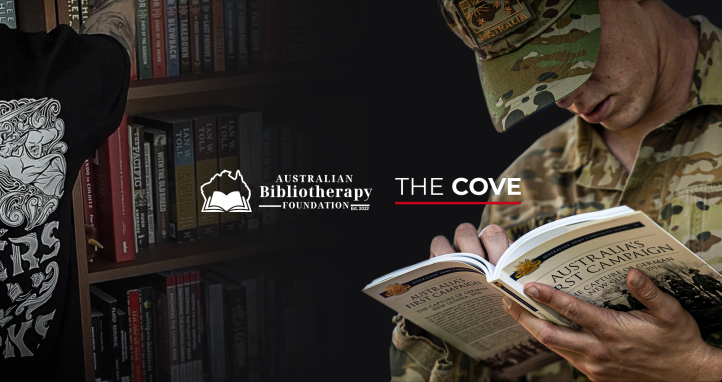
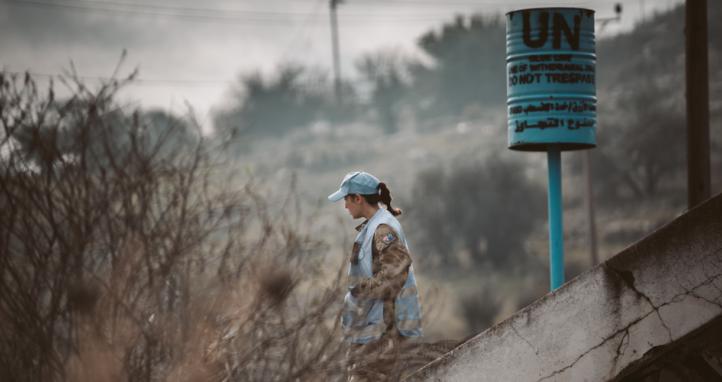
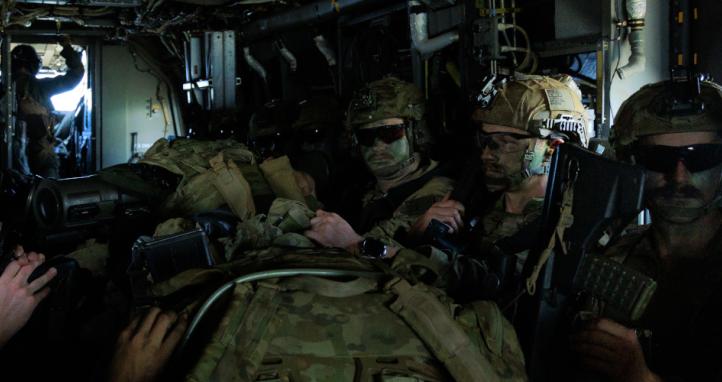

Keep up the good work!
The UOTC has a number of positives, primarily the ability to showcase the army (the other services have their own similar organisations) and further engage with those who were thinking of a career but it also acts as ‘try before you buy’ to those who were only vaguely interested or unsure as to make the commitment. Other positives include:
1. Future support (from ex members) to the armed forces by providing a positive insight. Whilst this is a metric that cannot be measured, the reach and breadth of the UOTC (and other services) sees an influx of over 2000 students every year.
2. An element of pre-training for OCdts progressing on to RMAS (Cranwell and Dartmouth) that their instructors will be grateful for.
3. Female recruitment, around 60% of the female intake at RMAS has come through the UOTC process.
The Army is always looking at the UOTC’s and wondering about value for money especially as one of the main benefits (point 1 above) doesn’t have a measurable outcome. However, when it’s pointed out that such experiences would prove invaluable, for example, when you’re looking at raising a civilian defence force (to guard national infrastructure) or seeking public support when looking for an increase in your operating budget, the the Army capitulates.
The UOTC system is perhaps not the panacea to solve all recruiting issues but it can strengthen what’s already there and widen knowledge (and thus support) across an educated swathe of the population.
I really don't think there's a direct equivalent to the UOTC model.
A high-achieving family member was recruited/sponsored while at Uni. Their recruitment took 18 months, marred by inefficiency – almost turning them off Army. While at Uni, they had no engagement from Army, other than one day per year of FPA training (in plain clothes). They completed their Uni degree with no Army training. Their SSO course was reduced to a few weeks at RMC due to the pandemic, during which most got COVID – so they did one day in the field. They graduated as a CAPT, and with less than ten days of very basic Army training over their 3+ years in Army. A few weeks later, they deployed on a Brigade Ex as the SME in their complex speciality, totally ill prepared for their role. This led to embarrassment, frustration and anxiety. Army failed this person, as they do many SSOs. The negative end to end experience meant they commenced exit planning – leaving as soon as ROSO was up.
Perhaps the UR model could be used to improve the engagement, management and training of SSOs while at Uni. This member would have been better served by being administered and trained by a UR – rather than an education section that had no interest in their development. I doubt improvements will occur as Army’s leadership is dominated by ADFA graduates, with institutionalised thinking rife and a general lack of interest in the part-time force and non-GSOs.